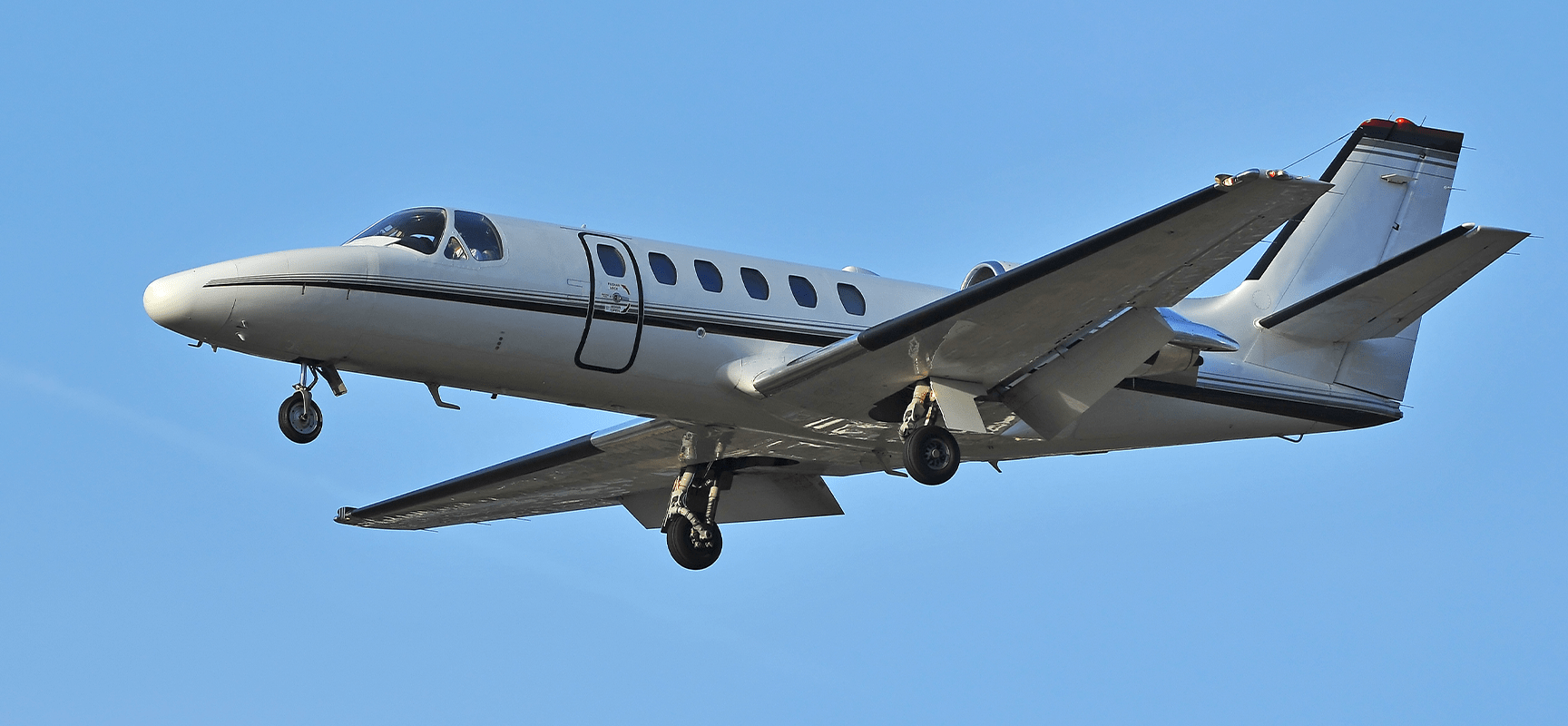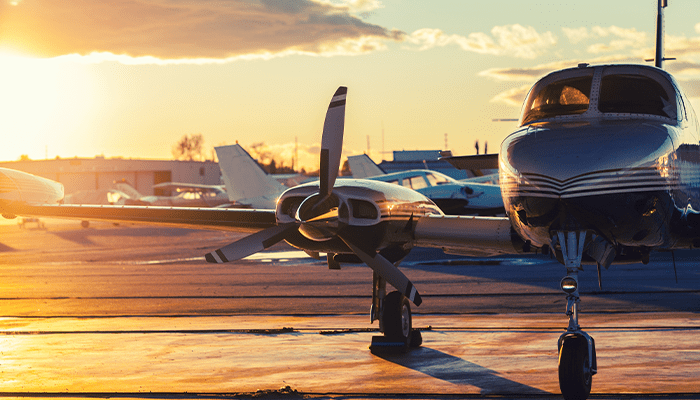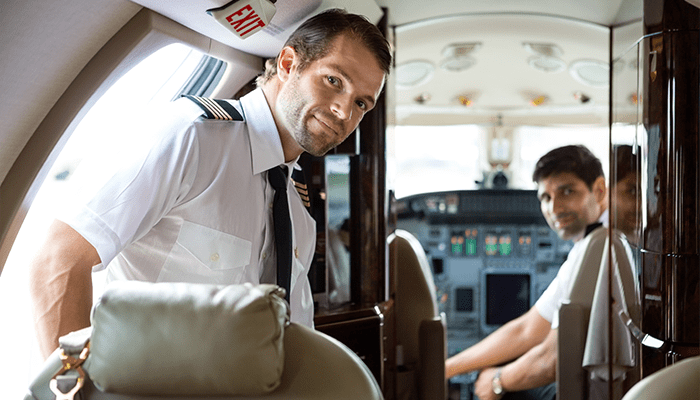
Insuring Single-Pilot Jets with Co-Pilots
Understanding the Setup
Single-pilot jets, such as the Citation CJ series or Phenom series, are designed to be flown by a single qualified pilot. However, many operators choose to fly with a second pilot for added safety, comfort, or operational efficiency.
In the world of aviation insurance, flexibility is key, especially when insuring unique operational setups. One such scenario involves a single-pilot certified jet being flown with a two-pilot crew.
While this setup can enhance safety and workload management, it can also introduce a nuanced challenge: how to structure the insurance policy so the co-pilot (SIC) isn’t required to complete annual recurrent training if the owner only wants a safety pilot for an emergency situation (like the pilot in command (PIC) having a physical event) and doesn’t want the added cost to hire and annually train a co-pilot for the aircraft.
Ready to prioritize safety while keeping costs in check? Contact us today to discover how we can help you maximize both.
The Insurance Dilemma
If the policy is to be written on a required two-pilot basis, most aviation insurance policies will require all crew members to meet specific training and currency requirements annually. After all, they are providing a substantial premium reduction for the jet being flown by a fully qualified two-pilot crew. This is considered the safest pilot scenario. However, this can be burdensome for owners who simply want to use co-pilots who are not going to be acting as Pilot in Command and may only be sitting in the right seat, helping with radios, in-flight routing changes, etc., rather than actually physically handling the flight controls. Requiring them to complete annual simulator training or recurrent checks can be costly. If the owner is using contract co-pilots, it may be hard to find one on short notice who has completed the initial or recurrent training annually for the aircraft.
A Practical Solution
To address this, it's probably best to write coverage for single pilot use and pay the extra premium. Then you can use any co-pilot you like since they aren't required. That doesn't mean you can let them fly the aircraft. They can sit up front and act as a safety pilot, since they aren't approved as a pilot to operate the aircraft anyway.
This approach eliminates the training expense for a co-pilot. It also aligns with the operational reality of many owner-flown jets that use a second pilot for support rather than necessity.
Final Thoughts
Insurance should support safe and efficient operations, not create barriers. By working closely with underwriters and clearly defining roles, operators can secure coverage that reflects their actual use case while maintaining the highest safety standards. Consult with your AssuredPartners Aerospace broker, who can assist you in creating an insurance program that works for you.
Related articles

When it comes to aviation insurance, many aircraft owners assume rates are set in stone. While market conditions and underwriter guidelines play a big role, you do have some influence over what you...

As flight departments seek greater flexibility and cost-efficiency, the use of independent contract pilots has become increasingly common. While this staffing model offers operational advantages, it...

When it comes to aviation insurance, comparing quotes isn’t as simple as lining up premiums and picking the lowest number. Unlike more commoditized lines of coverage, aviation policies are highly...